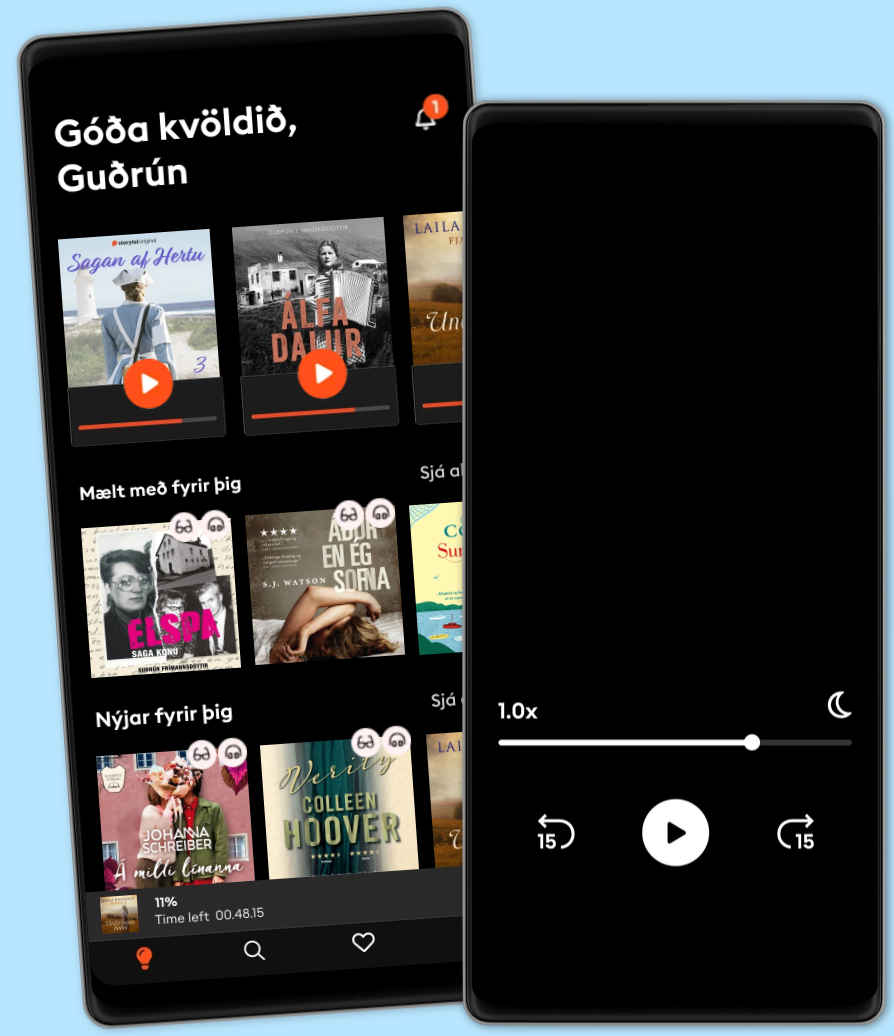Hlustaðu og lestu
Stígðu inn í heim af óteljandi sögum
- Lestu og hlustaðu eins mikið og þú vilt
- Þúsundir titla
- Getur sagt upp hvenær sem er
- Engin skuldbinding

The Gesamtkunstwerk in Design and Architecture: From Bayreuth to Bauhaus
- Höfundur
- Útgefandi
- Tungumál
- enska
- Format
- Flokkur
Óskáldað efni
The history of modern design and architecture has seen many attempts to embrace and merge different art forms, and to bring art into the framing of everyday life and the organisation of modern society, in a process understood as total design or total architecture. These attempts were historically based on the romanticist idea of merging all art forms into a uniting and transgressing work of art, mostly associated with – but certainly not limited to – Richard Wagner’s theoretical writings and musical dramas.
This utopian dream of the Gesamtkunstwerk, or Total Work of Art, was intended both to bring unity to the people and to bring art into the everyday life of their homes, as well as into factories, cities and even modern media. As a result, the experiments ranged from music, poetry and drama to architecture, design, visual communication and city-planning. These ideas of merging art forms into more immersive and transgressive installations or design interventions to change everyday life are widespread today, but their complex and often problematic roots are mostly ignored. Design and architecture have delivered some of the broadest and most influential experiments with the Gesamtkunstwerk, from garden cities for workers and corporate identity design to the German AEG corporation.
© 2021 Aarhus Universitetsforlag (Rafbók): 9788772194653
Útgáfudagur
Rafbók: 16 april 2021
Aðrir höfðu einnig áhuga á...
- Architecture and Nature Abilio Guerra
- On Color David Scott Kastan
- Art Deco Klaus Carl
- Why Architecture Matters Paul Goldberger
- Cool Is Everywhere: New and Adaptive Design Across America Michel Arnaud
- The History of Architecture Gaynor Aaltonen
- New Treehouses of the World Pete Nelson
- The 50 Greatest Architects: The People Whose Buildings Have Shaped Our World Ike Ijeh
- Modern Architecture and Climate: Design before Air Conditioning Daniel A. Barber
- Modern Architecture: Being the Kahn Lectures for 1930 Frank Lloyd Wright
- Völundur Steindór Ívarsson
4.3
- Næsta stúlkan Carla Kovach
4.1
- Lykillinn Kathryn Hughes
4.4
- Hundeltur Torill Thorup
4.3
- Hundrað dagar í júlí Emelie Schepp
4.3
- Lára missir tönn Birgitta Haukdal
4.5
- Í þjónustu hins illa Torill Thorup
4.3
- Atlas: Saga Pa Salt Lucinda Riley
4.7
- 17 ástæður til að drepa Unnur Lilja Aradóttir
4
- Ómennska Kolbrún Valbergsdóttir
3.9
- Utan frá sjó, annað bindi Guðrún frá Lundi
4.3
- Blóðmeri Steindór Ívarsson
4.4
- Dauðinn einn var vitni Stefán Máni
4.4
- Lára lærir að lesa Birgitta Haukdal
4.1
- Sjö fermetrar með lás Jussi Adler-Olsen
4.4
Veldu áskrift
Hundruðir þúsunda raf- og hljóðbóka
Yfir 400 titlar frá Storytel Original
Barnvænt viðmót með Kids Mode
Vistaðu bækurnar fyrir ferðalögin
Unlimited
Besti valkosturinn fyrir einn notanda
1 aðgangur
Ótakmörkuð hlustun
Engin skuldbinding
Getur sagt upp hvenær sem er
Family
Fyrir þau sem vilja deila sögum með fjölskyldu og vinum.
2-6 aðgangar
100 klst/mán fyrir hvern aðgang
Engin skuldbinding
Getur sagt upp hvenær sem er
2 aðgangar
3990 kr /á mánuðiÍslenska
Ísland